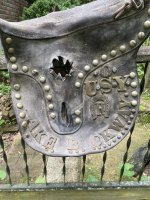S
seal
Guest
I saw in the new recently that $10 billion of boulin was found on Robinson Crusso Island and was wondering if anyone had anything new as to what was happening with the recovery of the gold and all that.
Cheers
Cheers



